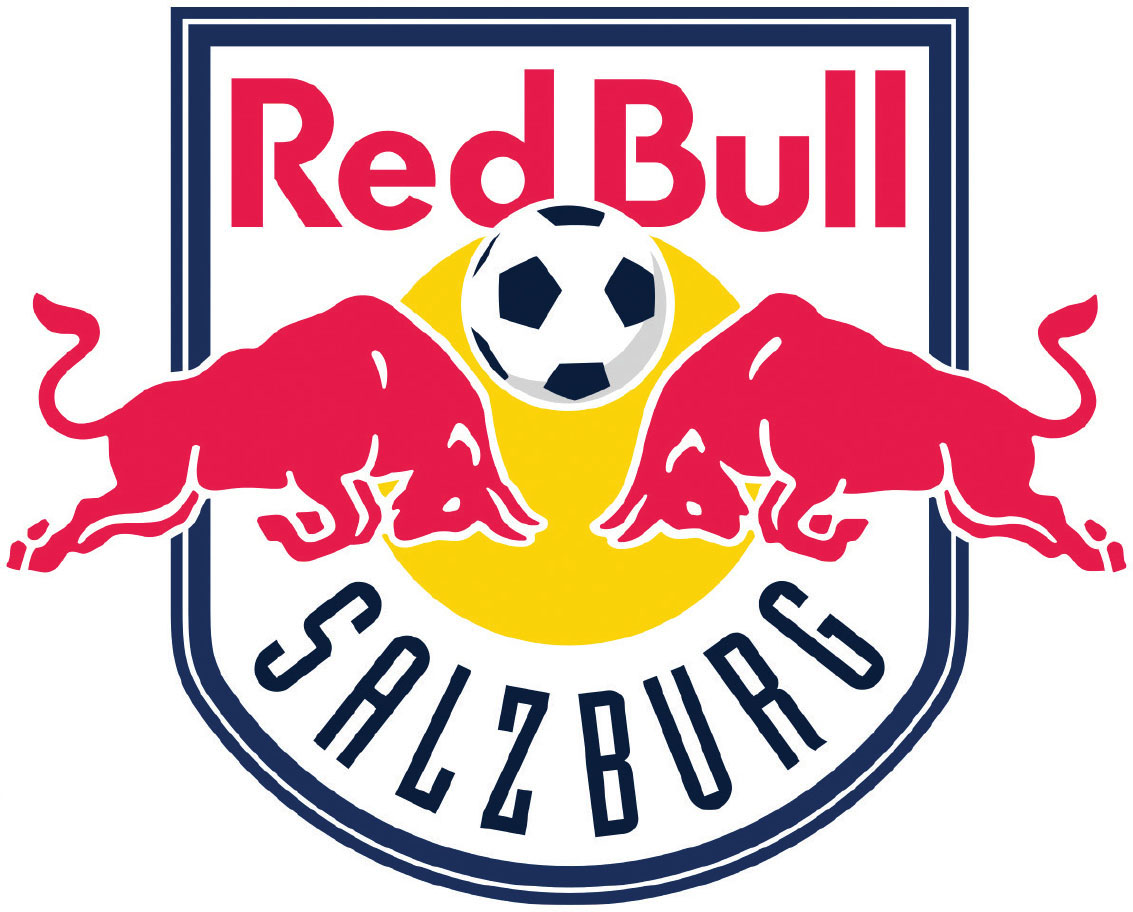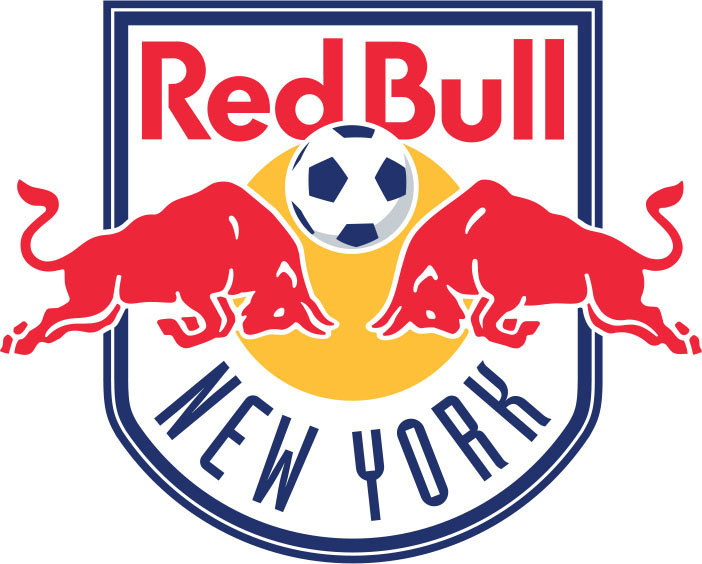
RED BULL SALZBURG
FOOTBALL AS A BRAND
Red Bull, the giant of energy drinks, knows the value of being visible. So the company has invested in extreme sports like rock diving and aerobatics as well as more conventional sports, owning stables, clubs and teams in horse racing, Formula 1, ice hockey and football. Dietrich Mateschitz, the Austrian founder and owner of Red Bull, discovered the value of football quite late. But once he did, the investment was dramatic. Within four years, between 2005 and 2009, Red Bull acquired five teams around the world: in the United States, Ghana, Brazil, Germany and Austria. The last two are particularly controversial.
In 2005, the great Austrian team SV Austria Salzburg were suffering financially. In spite of an illustrious history, with three league titles and a place in a UEFA Cup final, their money was running out. At this point Red Bull stepped in and bought the club. Austria Salzburg had previously carried sponsorship from Sparkasse, Casino and Wüstenrot, but this was something else. Under Red Bull, it was not only their name that was changed but also their colours and crest. The wild protests from the fans were ignored by the new owners. The name, logo and colours of Red Bull were now what it was all about – and the earlier purple and white of Austria Salzburg was just a memory. In protest the fans formed their own SV Austria Salzburg, a club that played in the second division as recently as 2016.
Even in Germany Red Bull has been criticised. There the company has not flouted a club’s history in the same way but has instead been condemned for caring more about marketing than football. The organisation Nein zu RB (‘No to RB’) today includes supporter groups from across Germany.
CLUB: Red Bull Salzburg
NICKNAME: Die Roten Bullen (the Red Bulls)
FOUNDED: 1933 or 2005 depending on how you see it
STADIUM: Red Bull Arena, Salzburg (31,895 capacity)
HISTORIC PLAYERS: Marc Janko, Eddie Gustafsson, Martin Hinteregger, Sadio Mané and Jonathan Soriano

2008–present. Even though Red Bull’s logo was introduced as late as 2005, it was updated only three years later to the design that we still see today. All the classic elements of the company are present in the form of the red bulls, the name in the same colour and the yellow sun.

1998–2005. This is what Austria Salzburg’s emblem looked like just before Red Bull changed it in 2005. The club was then playing under the sponsor name Wüstenrot. The emblem on the right was used in the UEFA Cup because of advertising regulations.

The fans’ own club, SV Austria Salzburg, adopted an emblem based on the team’s original emblem, which had been used from its formation in 1950 until 1978. The crest portrays the city centre and also appears in a version with the colours inverted.

In the United States, where franchising is commonplace, Red Bull did not provoke any criticism although the club got rid of anything relating to their predecessor, MetroStars. Like Salzburg, the New York branch has been using the same logo since 2008.

In Germany a club cannot be majority-owned by a company – rules from which Bayer Leverkusen and Wolfsburg, among others, are exempt. Red Bull has managed to circumvent these regulations, though. Neither Red Bull’s name nor logo are featured, but the initials RB are included – standing, apparently, for RasenBallsport, which translates as ‘Lawn-ball-sport’.